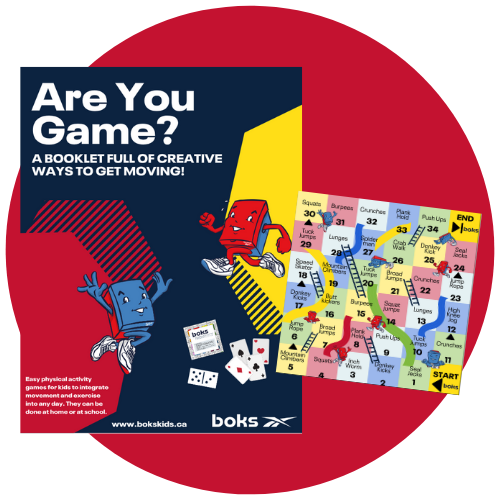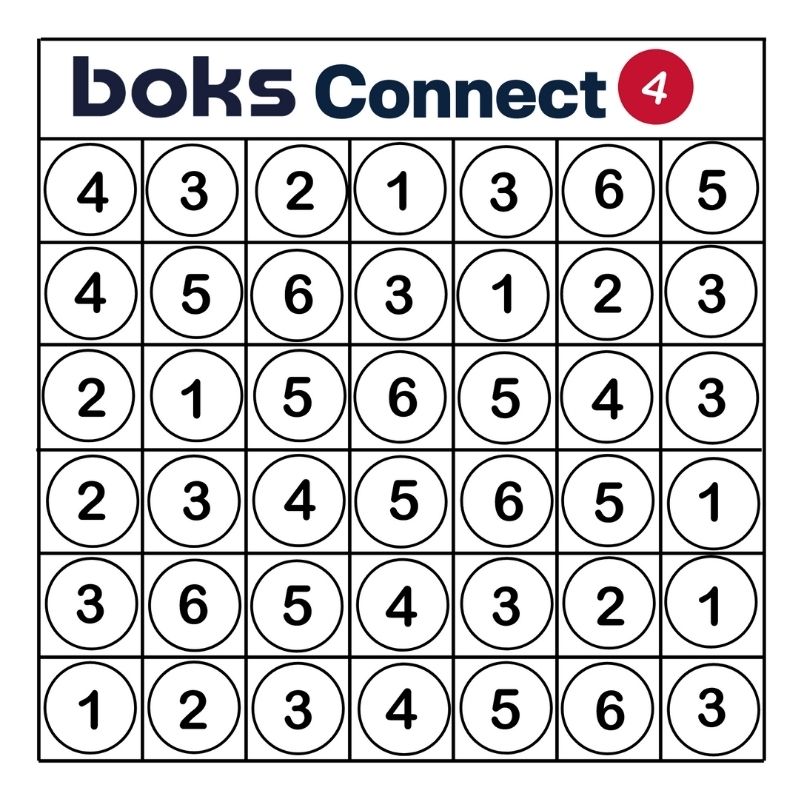
BOKS SCHOOL SPOTLIGHT
ST. EVAN ELEMENTARY SCHOOL
Here at St. Evan, we have had the pleasure to promote and participate in a variety of BOKS programs, ranging from the BOKS Bursts to the BOKS Program, in the 2 years that we have opened our doors to our school community. My name is Cristina Pupo, grade 1 teacher at St. Evan Elementary School and I would like to take this time to share our BOKS experience with you all.
First, let me share with you the positive impacts the BOKS program had with our Eagles. Pre-COVID, we were fortunate enough to be able to run a lunch program over a period of approximately 13 weeks with our students in grades 3-5. With an early school start, we decided to dedicate 2 lunch periods a week where a group of 40 students in grades 3-5 were able to come to the gym, run, participate in a variety of cooperative games, then end with a nutritional lesson on healthy eating. We started each lesson with a brief run around the gym to build up their stamina. We encouraged our students to never give up, and with patience, determination, and hard work, we would notice a positive result. Throughout the program, we noticed students who were once shy and thought they couldn’t run, ended up portraying such confidence and athleticism that they never knew they had. Students were having fun, learning new skills, and building up their running stamina (which was great for our Cross Country runners), all while displaying great sportsmanship behavior. Each week we would distribute 2 BOKS Kid of the Week certificates to 2 students – 1 boy and 1 girl – who displayed a positive attitude, showed determination and worked great on a team. The excitement in the students’ eyes every Thursday was such an incredible feeling. Seeing the students challenge their classmates and friends on different skills at recess also put a smile on my face. Not only were they learning during the lunch hour a new skill, but they took that skill and shared it with their friends who were not a part of the program and challenged them to try it out. Our BOKS Kids were also applying the cooperative games we learned in the program and teaching their teachers and friends at recess as well. You could tell the students really enjoyed having BOKS when they were so sad the program came to an end.


In addition to the BOKS program we ran during the lunch hour, we also participated in weekly BOKS Bursts. Teachers were emailed a week’s worth of Bursts to complete during their DPA times. BOKS offers lots of great training for staff and we were lucky enough to have Kyla, our BOKS Regional Coordinator, come into our school to lead a Lunch and Learn with all our staff to train them on how to perform a variety of Bursts and how to have fun with them. Also, having the BOKS Bursts videos on our SMARTBoards, allowed our students to see the activity in action. In addition to sending weekly BOKS Bursts through e-mail, we also created a box of hands-on material, such as different skills and activities, which were taken from the BOKS website to store in each classroom POD, for those classes that did not have a SMARTBoard. BOKS Bursts have now become one of our main forms of DPA activities we do at our school.
 When COVID hit our schools, which had us all switch to online learning, we thought, how are we going to keep our BOKS initiatives up and running to keep our students fit? I created a BOKS digital classroom which was shared with all our staff who uploaded it to their Google Classrooms. This also became a go-to activity for our Physical Education teachers to refer to. My students are used to moving their bodies throughout the day, especially when we are sitting for a while. My students also love participating in challenges and encouraging other students in our school. The BOKS 100-point challenge was a wonderful way to kick off 2021 and start each lesson. Once my students came back from their break, we got our bodies up and moving while listening to some of their favorite upbeat songs. We started off with the easier movements first, but then they wanted more of a challenge! I noticed a huge improvement in their focus levels and participation that week, completing the challenge. We left 2 activities off the list – the 1 min plank and 5 min run. My students still ask me if we can still try completing the last 2 movements! These are a few examples of how we have kept moving during virtual school.
When COVID hit our schools, which had us all switch to online learning, we thought, how are we going to keep our BOKS initiatives up and running to keep our students fit? I created a BOKS digital classroom which was shared with all our staff who uploaded it to their Google Classrooms. This also became a go-to activity for our Physical Education teachers to refer to. My students are used to moving their bodies throughout the day, especially when we are sitting for a while. My students also love participating in challenges and encouraging other students in our school. The BOKS 100-point challenge was a wonderful way to kick off 2021 and start each lesson. Once my students came back from their break, we got our bodies up and moving while listening to some of their favorite upbeat songs. We started off with the easier movements first, but then they wanted more of a challenge! I noticed a huge improvement in their focus levels and participation that week, completing the challenge. We left 2 activities off the list – the 1 min plank and 5 min run. My students still ask me if we can still try completing the last 2 movements! These are a few examples of how we have kept moving during virtual school.
If I had to describe BOKS in one sentence it would look like this:
BOKS is a FREE physical education program that focuses on the student’s health and well-being, while teaching them new skills, challenging them to new limits, and ensuring they are creating an overall healthy image of themselves.
BOKS is a must-have in every school. BOKS is fun and energetic, waking up our brains which in turn, ends up helping with our student’s academic behaviors in the classroom as well.
Cristina Pupo
Grade 1 Teacher
St. Evan Elementary School
Caledon, ON

























